
Wilderness
101

An imprint of Globe Pequot, the trade division of The Rowman & Littlefield Publishing Group, Inc.
4501 Forbes Blvd., Ste. 200
Lanham, MD 20706
www.rowman.com
Falcon and FalconGuides are registered trademarks and Make Adventure Your Story is a trademark of The Rowman & Littlefield Publishing Group, Inc.
Distributed by NATIONAL BOOK NETWORK
Copyright 2022 by Maurice L. Phipps
Illustrations by Fred Schmidt unless otherwise noted
All rights reserved. No part of this book may be reproduced in any form or by any electronic or mechanical means, including information storage and retrieval systems, without written permission from the publisher, except by a reviewer who may quote passages in a review.
British Library Cataloguing in Publication Information available
Library of Congress Cataloging-in-Publication Data Available
ISBN 9781493065028 (pbk. : alk. paper) | ISBN 9781493065035 (epub)
 The paper used in this publication meets the minimum requirements of American National Standard for Information SciencesPermanence of Paper for Printed Library Materials, ANSI/NISO Z39.48-1992.
The paper used in this publication meets the minimum requirements of American National Standard for Information SciencesPermanence of Paper for Printed Library Materials, ANSI/NISO Z39.48-1992.
The authors and The Rowman & Littlefield Publishing Group, Inc., assume no liability for accidents happening to, or injuries sustained by, readers who engage in the activities described in this book.
Contents
Guide
In 1962, while heading up the southern slope of Ben Nevis, the sky was clear, and there was snow on the ground, so we were kicking steps as we neared the top. There were three of us youngsters with two ice axes and a stick. The views from the top were stupendous to us kids from Derbyshire (which has nice but less spectacular views). We were in the moment all the way up there but didnt know a lot of what we should have known.
We were an ice axe short, which became a problem at one snowfield, but, after some discussion, we found a way around it. We didnt have any training in using the axes, so they probably wouldnt have helped us if we had fallen anyway. We didnt have crampons for our boots. We knew we had to climb with caretwo days before, when we arrived at Steall Hut in Glenn Nevis, someone had given us his spare food, as his wife had fallen, and that was the end of their trip. We were 16 years old and considered ourselves somewhat invincible and so were not deterred. We were lucky with the weather, as it can turn into Arctic conditions in no time. I discovered that first-hand four years later when I returned as a college studentthat time with a guideand conditions were so bad that we opted to kayak near Mallaig instead.
So we were lucky to not have had to experiment trying to stop a fall with our stick and two ice axes, and we were also lucky that we didnt have to battle any ferocious weather, which could easily have happened. Maybe we would have stayed in the hut, but we could have been caught out if the weather had changed while we were out during the day. We also knew nothing about hypothermia. When I went again later on my college trip, we did stop in the middle of a snowstorm to make a cup of tea! We did eventually make it home from both trips, and the atrocious weather on my college trip even made it a bit more exciting. Since no one got hurt on either trip, we were all eager for more. We were lucky both times, though. Even the kayaking from Arisaig to Mallaig could have been a disaster if anyone had cap-sized in the canvas kayaks we were paddling, as we had no rescue training, and the sea temperature in April would have given us hypothermia in minutes. So we lucked out. But many people arent so lucky. We all need to know what we dont know about venturing out into the wild outdoors, or else we could possibly suffer dire consequences.
Since my early days of outdoor adventuring, I have gone through training with the British Canoe Union, the Australian Canoe Federation, and the Wilderness Education Association. I have worked at mountain outdoor pursuits centers, started a private outdoor school in the United Kingdom and the Mitta Mitta Canoe Club in Australia, worked for the Wilderness Education Association in the United States, and taught in universities for more than 30 years. I have both attended and taught courses in different countries and experienced outdoor activities in the United Kingdom, North America, Australia, New Zealand, Europe, Central America, and the Caribbean.
My research in universities included different aspects of outdoor activities, including leadership, group dynamics, outdoor instruction, energy use in climbing, and snow and ice axe techniques. My teaching in universities included one- to five-week expedition courses in the Tetons, the Wind River Range, Colorado, upstate New York, Yellowstone (winter and summer), Texas, and North Carolina.
One of the university courses I taught for many years focused on how to avoid the need for survival techniques when heading into the backcountry. I learned much from the legendary mountaineer Paul Petzoldt when I apprenticed with him on his last Teton Wilderness Education Association course and then cotaught expedition courses with him. One of his tenets was the idea of avoiding survival situations. The course that I taught on this subject was rooted in his beliefs and was very popular with students. This was the impetus to write this book and enable people to go into the wild outdoors with more knowledge than I did or when Paul did when he climbed the much more technical Grand Teton when he was 16. The idea of this book is to show the reader what you dont know, or, as Paul used to often say, Know what you know and know what you dont know.
So you want to do something adventurous? Maybe youve seen hair-raising videos online, or perhaps you arent ready for that level of activity but would like to experience the outdoors, such as by hiking in the woods or paddling on a lake. What do you know about any of this? If you are a beginner, you probably know enough to be dangerous and possibly get into some kind of predicament that then requires survival techniques.
There are many things the average person has no idea about, such as hiking over moats (snow-covered rivers or waterfalls).
This book is about learning what you dont know to avoid getting into a survival situation. There are some things that are common sense but still entice people to dangerous situations, such as visiting waterfalls. There are many things the average person has no idea about, such as hiking over moats (snow-covered rivers or waterfalls), which could result in a very quick death, or hiking in wet and moderately cold temperatures wearing cotton, which could result in a slower death through hypothermia. Lets look at some examples.
Many people each year decide to explore the waterfalls of North Carolina. Some like to view them from below, and then there are others who head for the view from the top. The top has swift water, leaves, and slick rock, so the odds of these folks having a serious fall have increased dramatically, including that some of these people will fall to the bottom, which could mean death or serious injury. One of North Carolinas waterfalls, Paradise Falls, required two Black Hawk helicopter rescues in only one two-week period in 2017.
An incident at another waterfall, Glen Falls, illustrates the consequences. A 21-year-old woman was hiking with friends at Glen Falls two miles outside of Highlands when she slipped and fell about 80 feet. She was airlifted to a local hospital where she was treated for her injuries, which were reportedly a crushed ankle, a collapsed lung, a broken jawbone and teeth, broken bones in her back and deep cuts to her groin and head from the fall. Her fall was the second at Glen Falls in one month. A 16-year-old boy was injured after falling at the same spot on June 16.
Next page
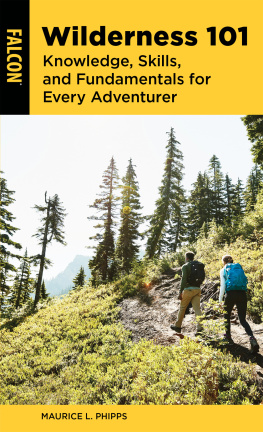
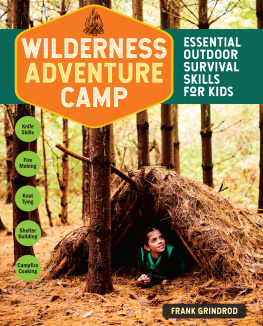
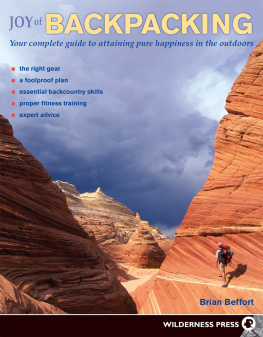


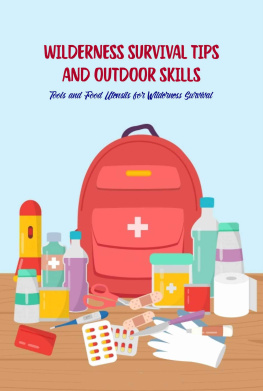

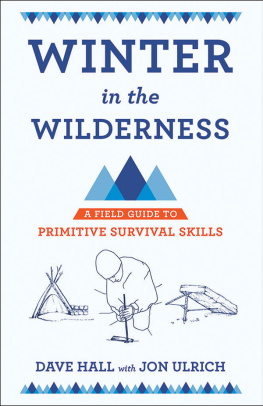
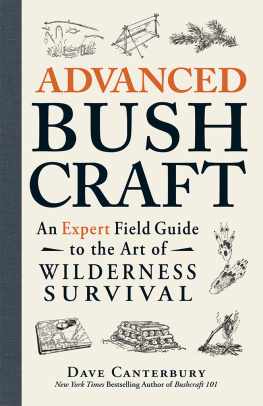



 The paper used in this publication meets the minimum requirements of American National Standard for Information SciencesPermanence of Paper for Printed Library Materials, ANSI/NISO Z39.48-1992.
The paper used in this publication meets the minimum requirements of American National Standard for Information SciencesPermanence of Paper for Printed Library Materials, ANSI/NISO Z39.48-1992.